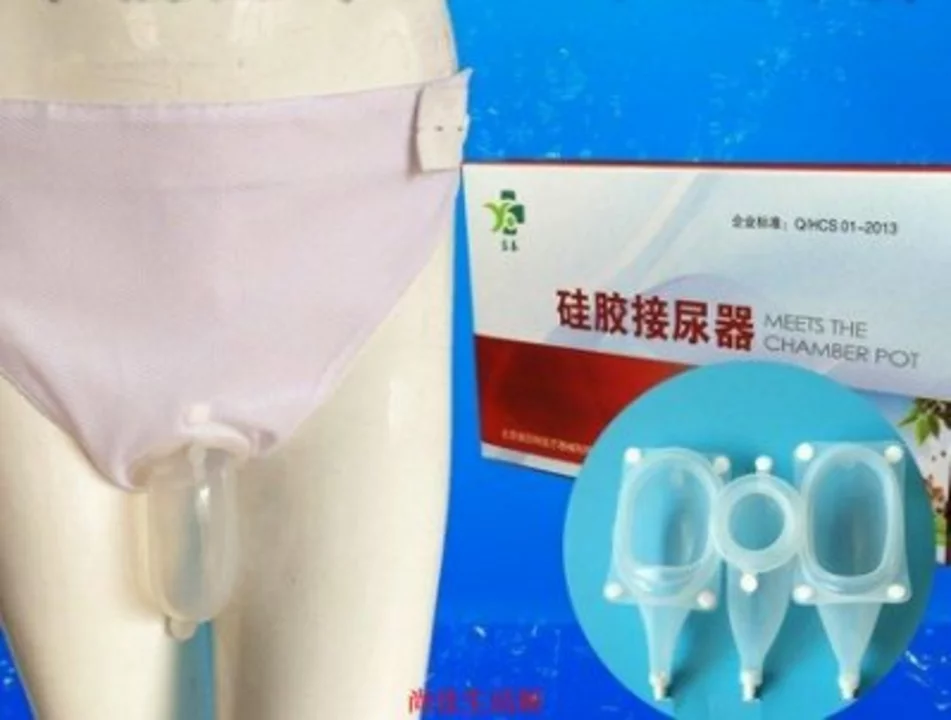Incontinence: Practical Help for Bladder Leaks
Bladder leaks don’t have to be a private struggle you just accept. Whether it’s a little drip when you cough or a sudden urgent need you can’t control, there are clear steps you can try right away that often make a big difference.
Quick causes and types
Stress incontinence happens when pressure on the belly — like coughing, sneezing, laughing, or lifting — forces urine out. It’s common after childbirth and with pelvic floor weakness.
Urgency incontinence (overactive bladder) is the sudden, intense need to pee and sometimes leaking before you reach the toilet. It’s linked to bladder muscle overactivity or nerve signals that tell the bladder to squeeze at the wrong time.
Overflow incontinence feels like constant dribbling because the bladder never fully empties. It can come from weak bladder muscles, blockage (like prostate enlargement), or some medications.
Functional incontinence isn’t a bladder problem — it’s when mobility or thinking issues stop you from getting to the toilet in time.
Fixes and everyday tips
Start with simple, low-risk steps: pelvic floor exercises (Kegels) strengthen the muscles that stop leaks. Aim for regular sets daily; a pelvic floor physiotherapist can check your technique and speed results.
Bladder training helps with urgency. Delay urination by short intervals and slowly increase time between visits. This retrains the bladder to hold more and reduces sudden urges.
Adjust fluids and bladder irritants. Keep a normal fluid intake — don’t over-restrict — and cut back on caffeine, alcohol, and very spicy drinks if they make urges worse. Empty your bladder before activities that trigger leaks.
Manage bowel health. Straining from constipation can worsen incontinence, so include fiber, fluids, and movement to keep stools soft.
Medications can help. Antimuscarinics and mirabegron reduce urgency leaks for many people, but they have side effects and need a doctor’s check. For stress leaks, topical estrogen for some women and certain surgical options (like slings or bulking agents) are effective when conservative care fails.
Products and devices matter. Absorbent pads, leak-proof underwear, and bed protectors are useful while you work on treatments. For some, pessaries (a small device inserted into the vagina) or intermittent catheter use are practical solutions.
When to see a clinician? Get urgent care if you have sudden incontinence with pain, fever, blood in urine, new neurological symptoms, or a quick change in bladder habits. Otherwise, ask your GP or a continence nurse for an assessment if leaks affect your daily life — many options are available beyond just pads.
If you want to read about specific meds, safety, or product reviews, check related guides on GlobalCareRx. Small changes and the right support often make a real difference fast.

